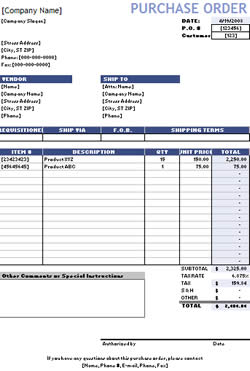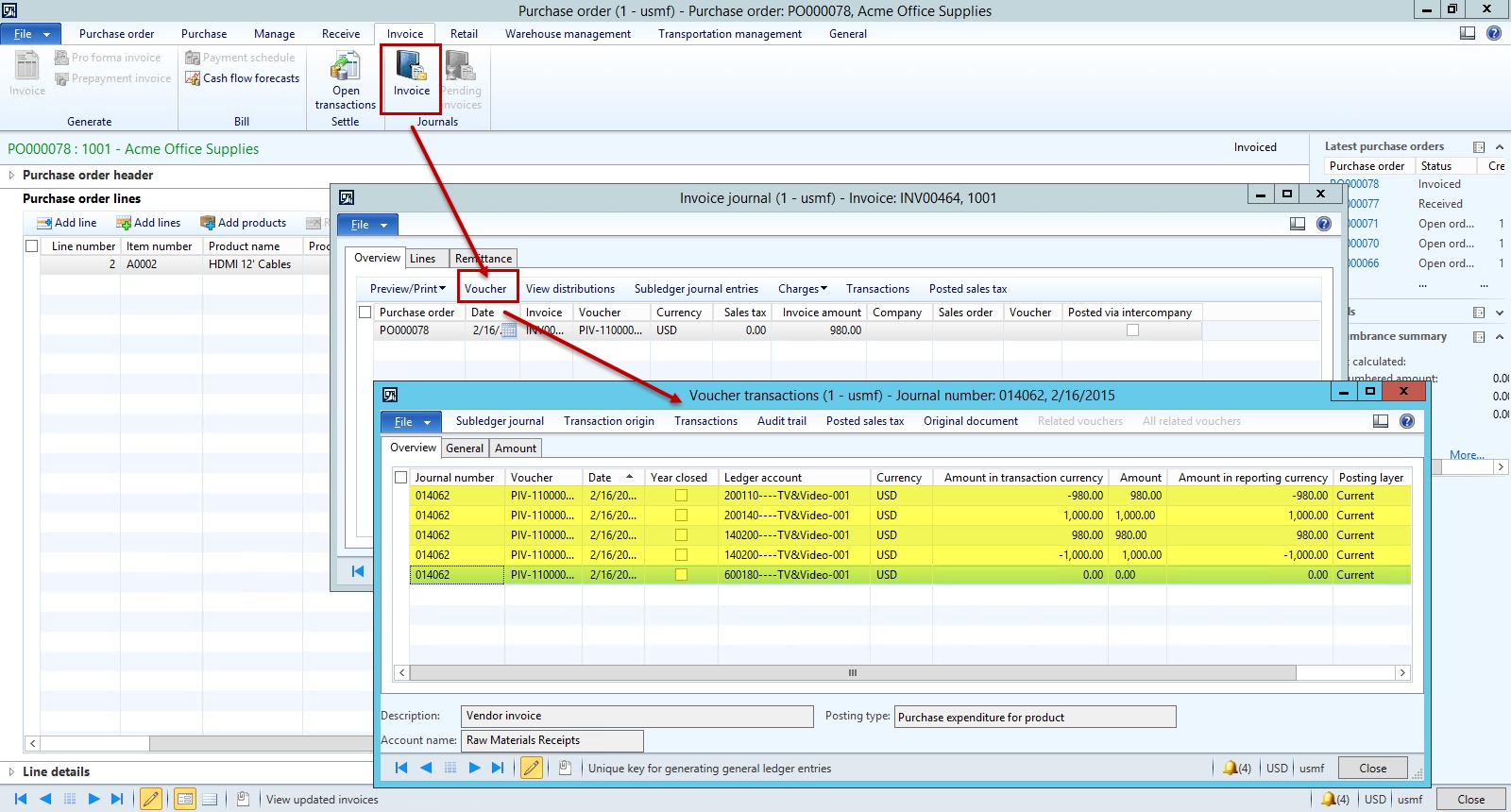

An estimate is a kind of sneak-peek of the upcoming invoice (provided by the seller) and can be used by the buyer to craft an accurate purchase order. In other words, purchase orders typically come before invoices.Ī customer may also request an estimate before deciding if they want to hire a business. Invoices are created in response to a purchase order (whether formally processed or informally settled). Most modern-day businesses use an online invoicing tool (like ZipBooks) to send invoices and receive payment from customers. Invoices are also commonly referred to as “bills,” “statements,” or “sales invoices.”Īn invoice usually describes the products that were delivered to the customer, the price of those products, and the payment terms. Invoices are used in conjunction with purchase orders to indicate how much money the buyer owes to the seller. Your PO history will also help prevent you from overstocking your inventory, prevent orders from being mixed up, and ensure that your customers receive their orders on time. If managed efficiently, your PO database will help you track how much inventory you’ve sold to each of your customers, when invoices are due from those customers, and when you need to reorder inventory from your own supplier or manufacturer. POs tell a supplier how much of a product to deliver to the customer and when the customer will pay for the goods they receive. The purpose of a purchase order is to manage payments to suppliers, track order status and clarify terms. These forms are often used in larger companies with finance departments, but are not always needed in small business. Purchase requisitions, also called purchase request forms, are processed internally in order to approve proposed spending. Purchase orders are also sometimes confused with purchase requisitions. If you have long term customers who order the same products frequently, they can create what is called a “standing purchase order.” A standing PO makes it possible for that customer to order the same products or services multiple times over a period of time using the same PO number. It also includes the prices of each item, how your customer will pay, the delivery date of the order, and other terms and conditions.

What is a purchase order?Ī purchase order (PO) is a document that states the types and quantities of products being purchased by your customer. In this post, we’ll explain how each document is used, the differences between them, and how they can help your business run smoothly.
#DIFFERENCE BETWEEN A PURCHASE ORDER AND AN INVOICE DOWNLOAD#
Download Free Invoice Templates for any industry These forms can be printed and mailed, but more often, modern businesses send these forms digitally. Purchase orders (POs) and invoices are commonly confused financial terms, both dealing with the communication and of terms of payment agreements. And if you’re a business that deals with physical inventory, you’ll likely be juggling both purchase orders and invoices-but what exactly is the difference between the two? Tucker has a BA and holds Ohio teaching credentials.Understanding all of the paperwork you need to file for your new business can be a little confusing at first. Her experiences as vice-president of an energy consulting firm have given her the opportunity to explore business writing and HR.



 0 kommentar(er)
0 kommentar(er)
